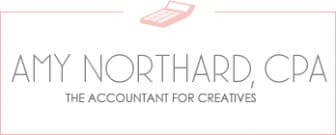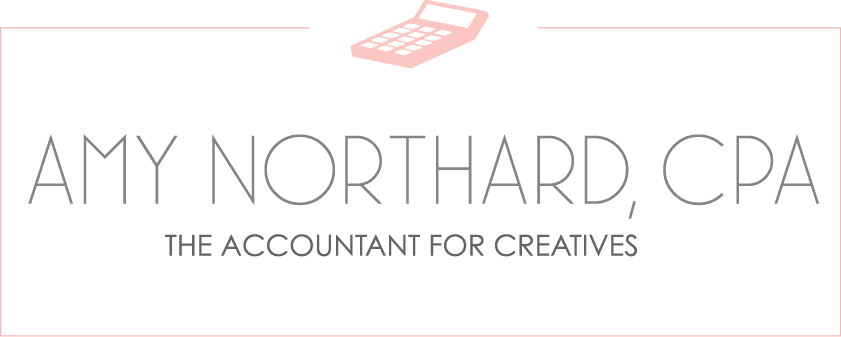Great news! If you borrowed $50,000 or less through the Paycheck Protection Program (PPP), the application for loan forgiveness just got way easier.
Today, I’ll tell you about the changes and answer some common PPP loan forgiveness questions.
How has the PPP loan forgiveness process changed?
The U.S. Small Business Administration (SBA) released a much shorter and simpler application that can now be used for those who borrowed loans of $50,000 or less. The new form, SBA Form 350S, is less than two pages long (phew!). The main change to the new form is that the need to supply potentially complicated calculations regarding full-time equivalent (FTE) and salary reductions has been removed.
In addition to the new form, some of the rules have been relaxed so that even if you had to reduce your number of FTE employees and/or lower your employees’ wages or salaries, you may still be eligible for forgiveness. Again, this change only applies to those who borrowed $50,000 or less from PPP.
How has the PPP loan forgiveness process stayed the same?
You will still need to complete and submit a loan forgiveness application. In addition, the lender will still need to confirm that certifications have been submitted and that detailed payroll versus non-payroll costs have been calculated. Also, if you are self-employed, a sole proprietor, or an independent contractor without any employees, then you can still complete Form 3508EZ for loan forgiveness.
Where do I send my loan forgiveness application?
You will submit your PPP loan forgiveness application form to your lender. Not all lenders are accepting forgiveness applications just yet, so you’ll want to keep an eye out for communication from them on when they will begin accepting them.
Where can I get help filling out the PPP loan forgiveness application and/or my payroll calculations?
Business owners and their accountants can use the free PPP Forgiveness Tool online as a resource in automating the application process. It may also be helpful to hire a CPA to assist with calculating payroll as well as other costs and expenditures.
When is my PPP loan forgiveness application due?
Lots of business owners started freaking out this month because at the top of the PPP loan forgiveness applications, there is an “expiration date” of 10/31/2020. Many took this to mean that the application was due on 10/31 because, well, that’s kind of what it says, right? Ha! Luckily, that date actually has nothing to do with when your PPP loan forgiveness application is due but instead is placed on SBA documents to show compliance with the Paperwork Reduction Act.
Now that you’re breathing right again, you’ll be happy to know that loan forgiveness applications are due any time before the maturity date of the loan. That date is either two or five years from loan origination and is listed on your agreement. However, you should apply for loan forgiveness within 10 months after the last day of your “covered period.” If you do not apply within that 10 months, then loan payments are no longer deferred, so you would be required to start making payments on the loan immediately.
For example, if your covered period ends on November 30, 2020, you have until September 30, 2021 to apply for forgiveness before loan repayment begins. Even if you received your PPP loan before the PPP Flex Act was released on June 5, 2020, you still have 10 months after your covered period ends to apply for loan forgiveness.
When does repayment start if my forgiveness application is denied?
If only a portion of your loan is forgiven, or if your forgiveness application is completely denied, the balance due on the loan must be repaid to the lender before the maturity date of the loan (two to five years from loan origination). The loan amount will be accruing interest between the time of disbursement and when full repayment is due. Your lender will tell you how much you owe and when it is due. Review my Step-by-Step Guide to PPP Loan Forgiveness to better understand the types of expenses that can be paid using your PPP funds.
Action Steps
- Make sure you know when your covered period ends; your loan forgiveness application is due 10 months after that date.
- Familiarize yourself with the new form and new forgiveness rules. If you think you’ll need help filling out the form, seek out a CPA to assist you.
- Continue to keep accurate records detailing your payroll and non-payroll expenses.

